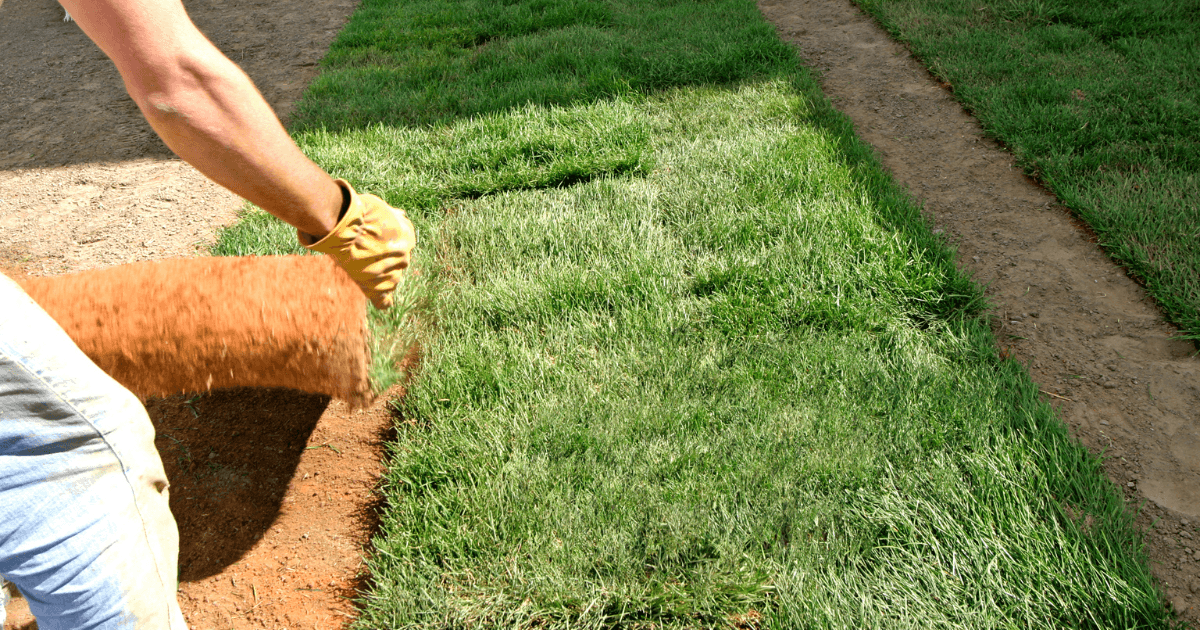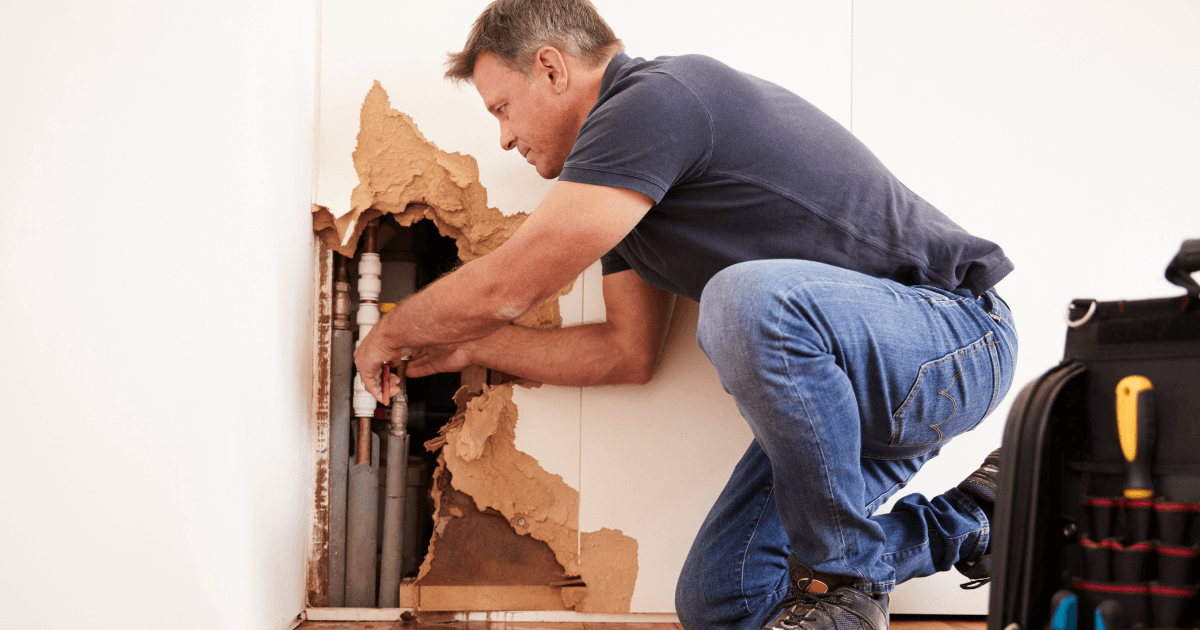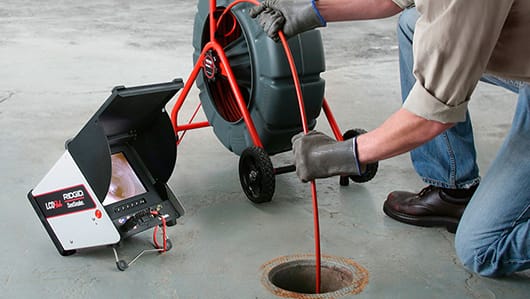Landscaping can transform your yard, but beneath that inviting layer of grass and soil lie the critical arteries of your home: sewer lines. These hidden systems are often out of sight and out of mind, but as soon as a tree root or a misplaced shovel strikes them, they can quickly become a costly problem. In this guide, we’ll break down the steps to protect your sewer lines during landscaping projects using first principles thinking—an approach that deconstructs complex problems down to their foundational elements, helping homeowners plan smarter and avoid unnecessary risks.
By combining cutting-edge insights with practical guidance, this article will reshape how you approach landscaping, focusing on prevention, long-term planning, and real-world applications that keep your home’s infrastructure intact while creating the yard of your dreams.
Why Protecting Sewer Lines is a Non-Negotiable in Landscaping
Sewer lines are one of the most essential but vulnerable components of your home’s infrastructure. These pipes transport wastewater from your home to either a municipal sewer system or a septic tank. Damage to these lines can lead to sewage backups, environmental contamination, and expensive repairs that can run into the thousands of dollars.
What makes sewer lines particularly vulnerable is their buried nature—they are out of sight and often forgotten. However, landscaping projects like planting trees, installing irrigation systems, or building patios involve digging and disturbing the soil, which can damage these critical pipes.
Before we explore preventive measures, let’s think from the ground up: what are the foundational elements at play?
The Fundamentals: Understanding Sewer Line Vulnerabilities
At its core, a sewer line is a fragile, gravity-dependent system that requires unobstructed flow to work efficiently. There are two primary ways landscaping projects can damage these lines:
- Physical Damage: Digging too deeply during a project can physically break or crack the pipes. This could happen with a shovel or heavy machinery like excavators and backhoes.
- Root Intrusion: Trees and plants naturally grow toward sources of water. Sewer pipes, which hold moisture, can attract root systems that slowly invade, crack, and clog the pipes over time.
Both of these problems are preventable with careful planning. To safeguard your sewer lines during landscaping, you must first understand where these lines are located and what risks they face depending on the scope of your project.
Step 1: Locating Your Sewer Lines Before Starting
The first principle in avoiding damage is knowing where your sewer lines are located. Unfortunately, sewer lines don’t come with surface indicators. Homeowners typically have two ways to find out where these critical utilities lie.
1. Use a Utility Marking Service (“Call Before You Dig”)
Before breaking ground on any landscaping project, it’s crucial to call a local utility marking service. In the U.S., this service is known as 811 or “Call Before You Dig.” When you call, professionals will visit your property and mark the locations of underground utilities, including gas lines, water lines, and most importantly, sewer lines. They use colored flags or spray paint to indicate the location and depth of these utilities.
- Green flags or paint mark sewer and drain lines.
- Red indicates electric lines, yellow is for gas, and blue for water.
This step helps ensure that you won’t accidentally dig into critical infrastructure. The service is free, and it’s the most reliable way to prevent damage to your sewer lines.
2. Reviewing Property Records and Building Plans
If you’re unable to use a utility marking service or want additional confirmation, consult your home’s building plans. These plans typically show the location of sewer lines relative to the house. However, keep in mind that these plans may not account for changes or additions made to the home over time.
Step 2: Safe Digging Practices
Once your utilities are marked, it’s essential to dig with care. Even when you know where your sewer lines are, you must adopt safe digging practices to ensure you don’t accidentally damage them.
1. Hand Digging vs. Heavy Equipment
First principles thinking tells us to minimize risk by choosing methods that limit the chances of accidental damage. Hand digging near marked sewer lines is one of the safest approaches. Using shovels and spades provides more control and less force than heavy machinery, which can cause unintended damage to nearby pipes.
When using heavy machinery, especially for larger projects, maintain a buffer zone of at least two feet from marked sewer lines to prevent crushing or displacement of the pipes. Heavy equipment like backhoes exert significant pressure on the ground, potentially causing underground pipes to shift or crack.
2. Digging Depth Awareness
Understanding how deep you need to dig relative to the location of your sewer lines is critical. Most lateral sewer lines are buried between 2 and 6 feet deep, but this can vary based on your region and the age of your home. If your landscaping project requires digging deeper than 18 inches, you need to proceed with extra caution and may need professional help to avoid damaging pipes.
Step 3: Preventing Root Intrusion with Planting Best Practices
When planting trees and large shrubs, root systems can eventually grow into sewer lines. The natural movement of roots seeking water often leads to cracks or blockages in sewer pipes. Preventing this requires both smart plant selection and strategic placement.
1. Choose Plants Wisely
Certain trees have aggressive root systems that are more likely to invade sewer lines. Avoid planting trees like willows, oaks, or maples near sewer lines, as their roots are particularly invasive. Instead, choose slow-growing, shallow-rooted plants that are less likely to interfere with underground pipes.
Here’s a helpful guide for planting distances:
- Large trees (e.g., oaks, maples): At least 15-20 feet from sewer lines.
- Medium-sized trees (e.g., dogwoods, redbuds): At least 10-15 feet away.
- Small shrubs: Can be planted 5-10 feet away.
2. Root Barriers as a Preventive Measure
In areas where trees must be planted near sewer lines, consider installing root barriers. These are physical barriers placed underground that redirect roots away from sensitive areas, including sewer pipes. They can be made of plastic, metal, or fabric and are designed to prevent roots from penetrating nearby infrastructure.
Step 4: Long-Term Maintenance and Inspections
Landscaping is not a one-time project—it impacts your property for years to come. Regular inspections and proactive maintenance are critical to ensuring that the choices you make today don’t lead to sewer line problems tomorrow.
1. Routine Sewer Inspections
Even if no issues arise immediately, roots can slowly work their way into sewer lines over time. Scheduling a sewer inspection every 1-2 years helps catch these issues early. Professionals can insert cameras into the sewer line to check for any signs of root intrusion, cracks, or blockages. This is a relatively inexpensive preventative measure that can save thousands of dollars in repair costs down the line.
2. Monitor for Warning Signs
Stay vigilant for signs of trouble even after your landscaping project is complete. Common signs of sewer line problems include:
- Slow drainage in sinks, showers, or toilets.
- Gurgling sounds in your plumbing.
- Foul odors in or around your home.
- Water pooling in your yard, especially near newly planted trees or shrubs.
These indicators often signal that roots have penetrated the sewer lines or that a pipe has been damaged. Early intervention is critical to preventing further damage.
Conclusion: Creating a Landscape That Lasts
Landscaping projects are a wonderful way to improve your property’s curb appeal, functionality, and value. However, by using first principles thinking and focusing on the basic mechanics of how sewer lines function and where they’re most vulnerable, homeowners can prevent expensive, long-term damage. Protecting your sewer lines from the outset allows you to enjoy the beauty of your landscape without the hidden risks that can lurk below the surface.
By following the steps outlined in this guide—locating sewer lines, adopting safe digging practices, selecting appropriate plants, and scheduling regular inspections—you’ll not only protect your sewer system but also ensure that your landscaping is sustainable for years to come.
FAQ Section
Can tree roots really damage sewer lines?
Yes, tree roots naturally grow toward sewer lines in search of moisture. Over time, they can penetrate and damage pipes, causing blockages and leaks.
What should I do if I accidentally hit a sewer line?
Stop work immediately and call a plumber or utility professional. Depending on the severity of the damage, they may need to repair or replace the pipe.
How do I locate my sewer lines before landscaping?
Contact a local utility marking service, such as Call 811, to have your underground utilities, including sewer lines, marked before digging.
How can I prevent root intrusion without removing trees?
You can install root barriers around sewer lines to redirect roots away from sensitive areas or schedule regular sewer inspections to catch root growth early.





